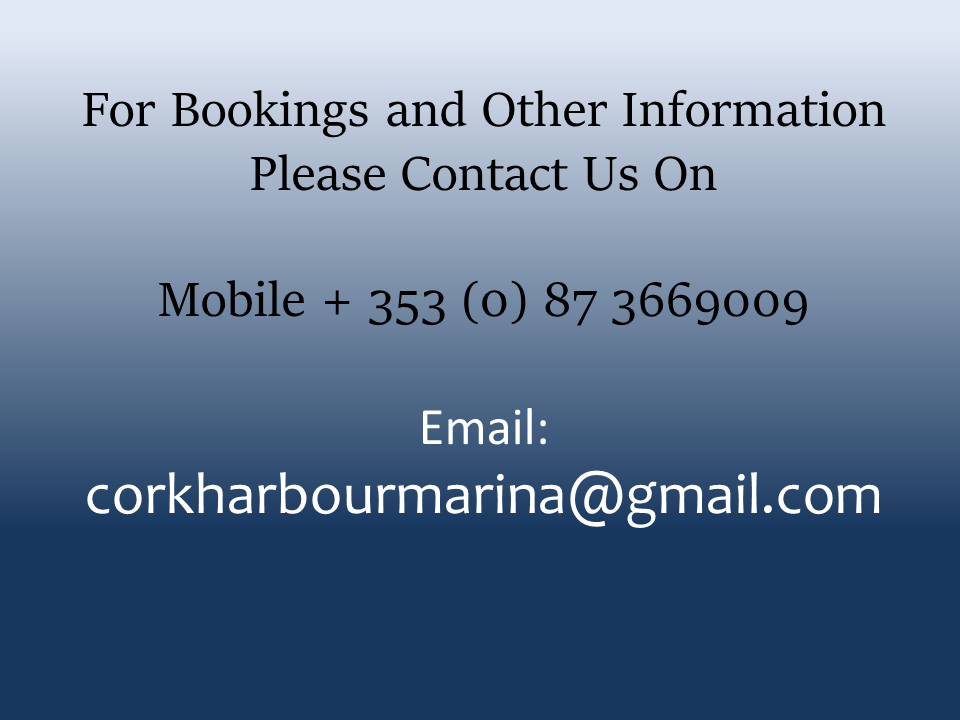Monkstown CastleMonkstown Castle was built in 1636. Dame Anastasia (Gould) Archdeacon had the castle built for her husband, John Archdeacon, while he was working as an officer in the wars of King Philip of Spain. There is a story told that when John returned, he thought the castle had been built by the enemy and fired a cannon at it. | St Johns ChurchThe church of St. John the Evangelist at Monkstown was erected on land granted by two tenants of Lords Longford and De Vesci, Daniel and Gerard Callaghan of Cork. The design was by William Hill, a well-known architect who designed many of the public buildings in Cork, including the North Infirmary and Kilmaloda House in Timoleague. | |
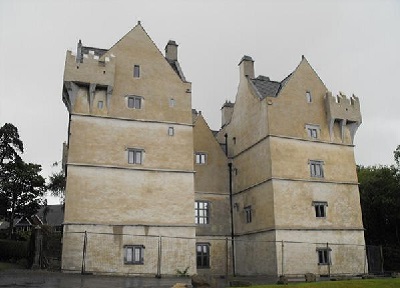 It is believed locally that the castle cost only four pence (4d.) to build. Dame Archdeacon was a lady of remarkable business acumen whose family were merchant princes of Cork. While she would have had considerable wealth herself, wages at the time were low, the large estate associated with the site could produce any food that the workers needed and limestone and timber for the construction was available on the land. | ||
Old Church & GraveyardThe old church, said to have been known as the “Church of the Fairy Palace”, is situated near Monkstown Castle on the side of the Glen. It is thought to have been the last retreat of the Benedictine monks who established a monastery in Monkstown. Some say that there is an underground tunnel from the castle to the old church but, if there is, it is not to be seen today. John Archdeacon claimed to have built the church. This is not true, but he probably did renovate it. | Royal Victoria BathsThe Royal Victoria Monkstown and Passage Baths, first opened in 1838, were situated on the river side of what is now the R610 between Glenbrook and Monkstown. The setting was magnificent and the baths were finished to the highest of standards. The bathing areas were said to have been built of pure marble, while the dressing rooms were fitted out with great elegance. The water was filtered before use and both male and female bathing areas were available. | |
Sacred Heart Church | Cork, Blackrock, Passage & Monkstown RailwayWith the growing commercial importance of Passage West, a railway link to Cork City was an obvious development. Although mooted for years, work on the laying of the railway line did not start until 1847. The route of the railway was from Cork City to Blackrock, through cuttings and over embankments to Rochestown and then along a scenic riverside embankment to the quays in Passage West. | |
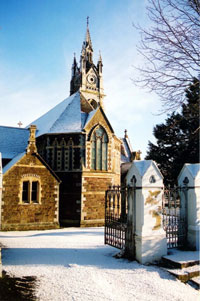 | 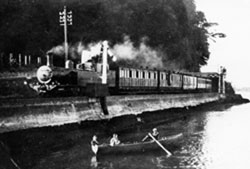 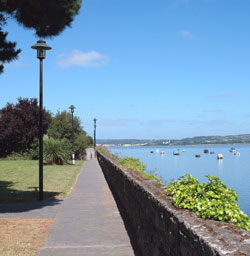 |


